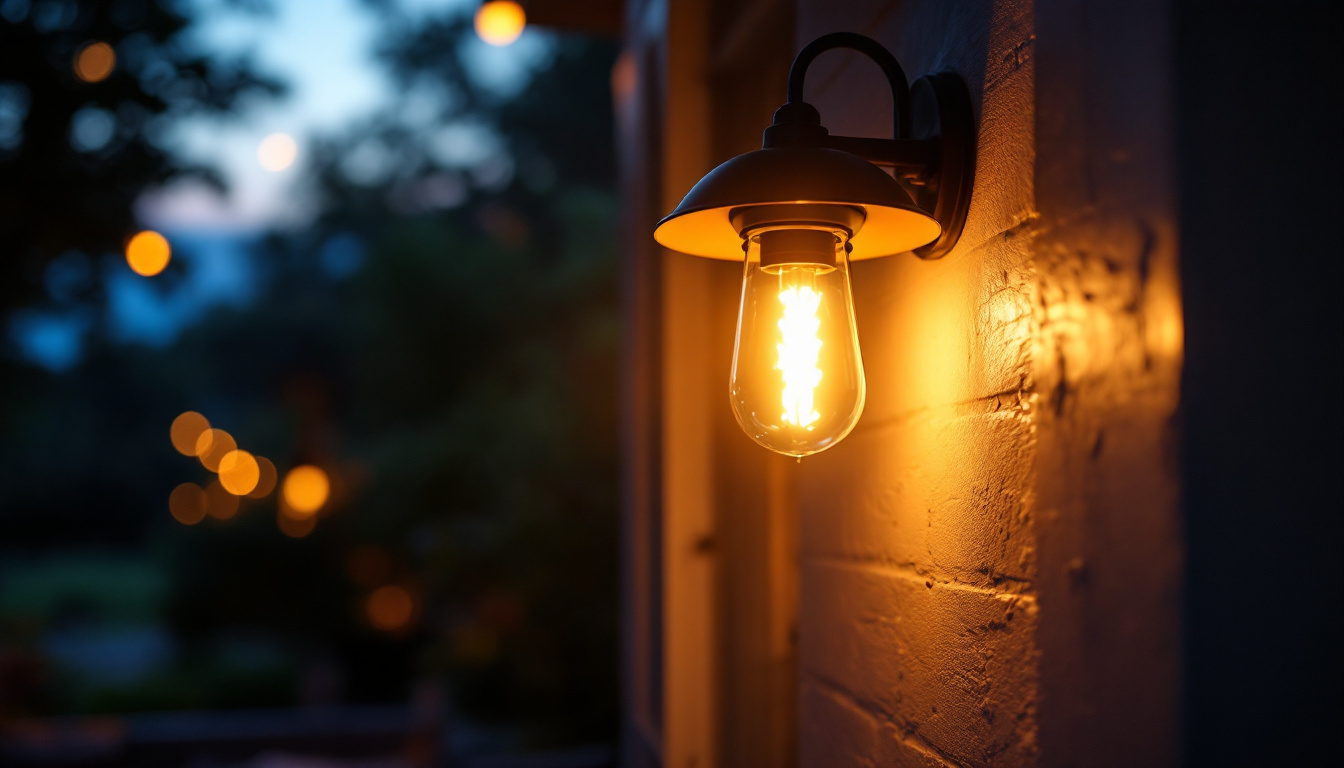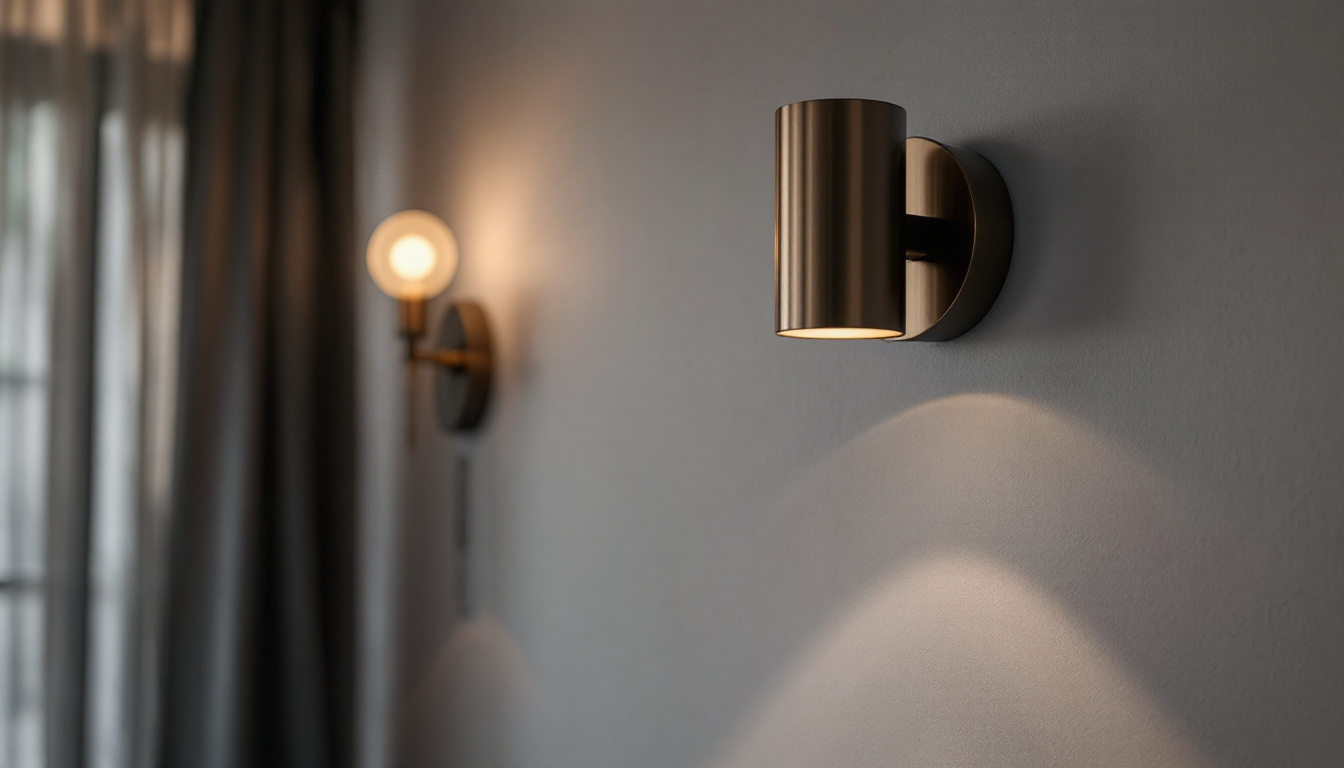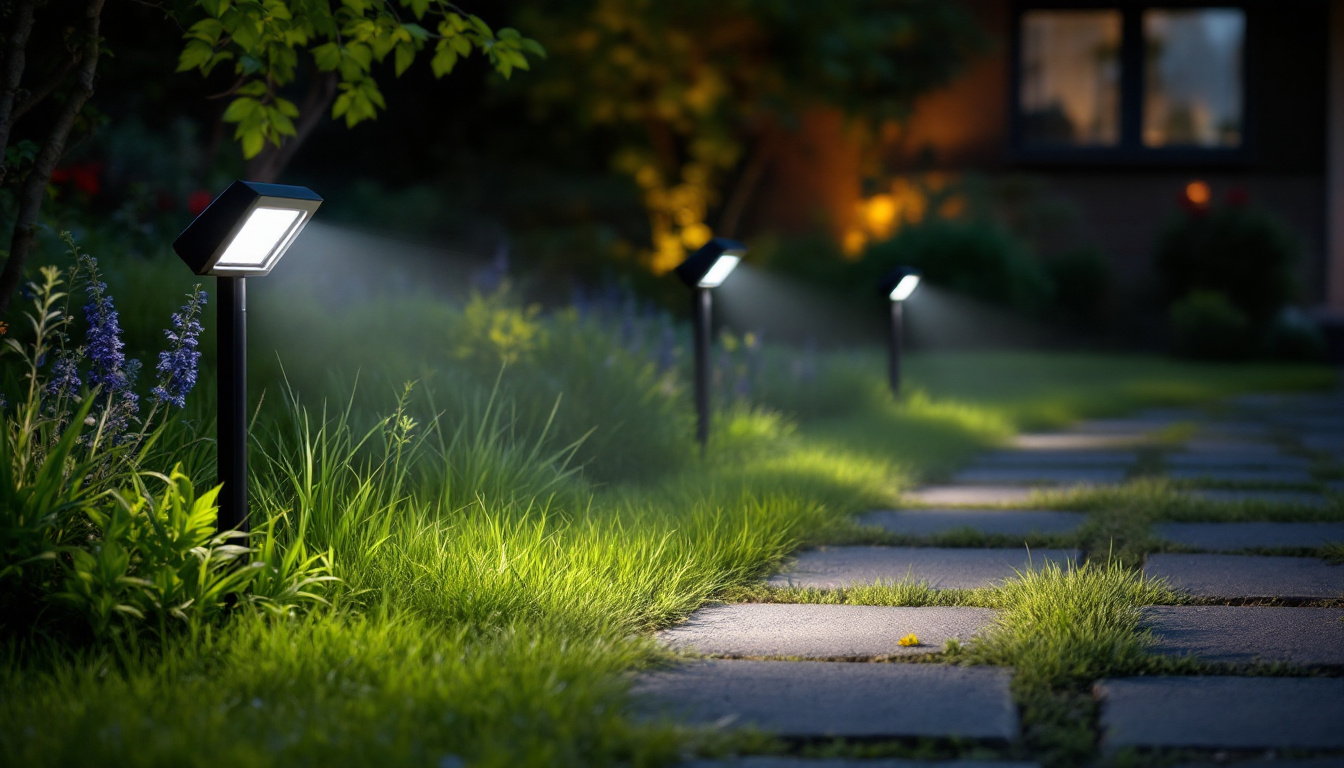
In the world of lighting design and installation, tube fluorescent lamps have long been a staple. Their versatility, efficiency, and effectiveness make them a preferred choice for many lighting contractors. However, as technology evolves and new lighting solutions emerge, understanding the impact of tube fluorescent lamps on projects becomes increasingly important. This article delves into the characteristics of tube fluorescent lamps, their advantages and disadvantages, and how they influence the work of lighting contractors.
Tube fluorescent lamps are gas-discharge lamps that emit light when an electric current passes through a gas, typically a mixture of argon and mercury vapor. These lamps are encased in a glass tube and are available in various lengths and diameters, making them suitable for a wide range of applications.
The design of tube fluorescent lamps is relatively straightforward. They consist of a phosphor coating on the inside of the glass tube, which converts ultraviolet light produced by the gas discharge into visible light. This simple yet effective mechanism allows for efficient light production while maintaining a compact form factor.
Available in various sizes, including T5, T8, and T12, these lamps can be easily integrated into different fixtures, allowing contractors to customize lighting solutions according to specific project requirements. The versatility in design also extends to color temperatures, ranging from warm white to cool daylight, enabling users to select the ambiance that best fits their environment. Furthermore, advancements in technology have led to the development of energy-efficient models that utilize electronic ballasts, enhancing performance and reducing flicker, which is often associated with older fluorescent systems.
One of the primary advantages of tube fluorescent lamps is their energy efficiency. They consume significantly less electricity compared to incandescent bulbs while providing a comparable level of brightness. This efficiency translates into lower energy bills for clients, making it an attractive option for both commercial and residential projects.
Additionally, tube fluorescent lamps have a longer lifespan than traditional incandescent bulbs, often lasting up to 10,000 hours or more. This longevity reduces the frequency of replacements, which can be a significant consideration for lighting contractors managing maintenance schedules and project budgets. The reduced need for replacements not only saves on material costs but also minimizes the environmental impact associated with disposing of spent bulbs. Moreover, many modern fluorescent lamps are designed to be more environmentally friendly, with reduced mercury content and improved recyclability, aligning with the growing emphasis on sustainability in the lighting industry.
Lighting contractors often recommend tube fluorescent lamps for various reasons. Their benefits extend beyond mere illumination, impacting project execution and client satisfaction.
Cost is a critical factor in any lighting project. Tube fluorescent lamps offer a cost-effective solution due to their lower initial purchase price and reduced operating costs. While the upfront investment may be slightly higher than incandescent options, the long-term savings on energy bills and maintenance make them a smart choice.
Furthermore, many utility companies offer rebates or incentives for using energy-efficient lighting solutions, which can further offset costs for both contractors and their clients. These financial benefits are not just limited to the installation phase; they extend throughout the lifespan of the lamps, which can last up to 15,000 hours or more. This longevity means fewer replacements and less waste, contributing to both environmental sustainability and lower overall expenses.
Tube fluorescent lamps are incredibly versatile, making them suitable for a wide range of applications. From commercial spaces like offices and retail stores to industrial settings and educational institutions, these lamps can be effectively utilized in various environments.
Contractors appreciate the adaptability of tube fluorescent lamps, as they can be used in different fixtures, including recessed lighting, surface-mounted fixtures, and even outdoor applications when properly sealed. This flexibility allows contractors to design lighting solutions that meet the specific needs of each project. Additionally, tube fluorescent lamps come in various color temperatures, which can create different atmospheres and enhance the functionality of a space. For instance, cooler temperatures can promote alertness and productivity in office environments, while warmer tones can create a more inviting ambiance in retail settings.
Moreover, the ability to easily integrate tube fluorescent lamps with advanced lighting control systems, such as dimmers and occupancy sensors, further enhances their versatility. This integration not only maximizes energy savings but also allows for tailored lighting solutions that can adapt to the changing needs of a space throughout the day. Such features make tube fluorescent lamps an ideal choice for modern, energy-conscious designs that prioritize both efficiency and user experience.
Despite their many advantages, tube fluorescent lamps are not without challenges. Lighting contractors must be aware of these factors to make informed decisions during project planning and execution.
One of the most significant challenges associated with tube fluorescent lamps is their environmental impact. These lamps contain small amounts of mercury, which can pose a risk if the lamps are broken or improperly disposed of. Contractors must educate clients on the importance of proper disposal and recycling of fluorescent lamps to mitigate these risks.
Additionally, as sustainability becomes a priority for many clients, contractors may need to explore alternative lighting options, such as LED solutions, which do not contain hazardous materials and offer even greater energy efficiency. The transition to LED technology not only reduces environmental impact but also aligns with the growing demand for eco-friendly practices in various industries. By promoting the benefits of LEDs, such as longer lifespans and lower energy consumption, contractors can help clients make informed choices that reflect their commitment to sustainability.
While tube fluorescent lamps provide adequate illumination, the quality of light can vary significantly depending on the specific lamp used. Color rendering index (CRI) is an essential factor in determining how accurately colors appear under artificial light. Some fluorescent lamps may have lower CRI values, resulting in a less desirable light quality.
Lighting contractors should consider the intended use of the space when selecting fluorescent lamps, ensuring that the chosen products provide the necessary light quality for the application. For instance, retail environments may require higher CRI lamps to enhance product visibility and appeal. Furthermore, the color temperature of the lamps can also influence the atmosphere of a space; warmer tones may create a cozy ambiance in residential areas, while cooler tones can promote alertness and productivity in office settings. Understanding these nuances allows contractors to tailor their lighting solutions to meet the specific needs and preferences of their clients.
As technology advances, the integration of tube fluorescent lamps with modern lighting solutions becomes increasingly relevant. Contractors must stay informed about emerging trends and innovations that can enhance their projects.
The rise of smart lighting systems has transformed the way lighting contractors approach their projects. Many tube fluorescent lamps can now be integrated into smart systems, allowing for remote control, automation, and energy monitoring. This integration can significantly enhance the functionality of lighting installations, providing clients with greater control over their lighting environments.
Contractors who embrace smart technology can offer clients additional value, positioning themselves as forward-thinking professionals in the industry.
LED technology has gained significant traction in recent years, often being touted as a more sustainable and efficient alternative to traditional lighting solutions, including tube fluorescent lamps. While contractors may still utilize fluorescent lamps in certain applications, understanding the benefits of LED technology is crucial for staying competitive.
LEDs offer several advantages, including even greater energy efficiency, longer lifespan, and the absence of hazardous materials. As clients increasingly demand eco-friendly solutions, contractors may need to evaluate the feasibility of transitioning to LED options in their projects.
To maximize the benefits of tube fluorescent lamps while addressing their challenges, lighting contractors can adopt several best practices that enhance project outcomes.
Before selecting tube fluorescent lamps for a project, contractors should conduct thorough assessments of the space and its lighting requirements. Factors such as the intended use of the space, existing lighting conditions, and client preferences should all be taken into account.
By understanding the specific needs of each project, contractors can make informed decisions regarding lamp selection, fixture types, and overall design, ultimately leading to more successful installations.
Lighting contractors must stay informed about regulations and standards related to lighting products, including tube fluorescent lamps. Compliance with local codes and energy efficiency standards is essential to ensure successful project completion and client satisfaction.
Regularly reviewing industry guidelines and participating in training sessions can help contractors remain up-to-date on best practices and emerging technologies, allowing them to provide the best possible service to their clients.
Tube fluorescent lamps continue to play a vital role in the lighting industry, offering numerous benefits for contractors and their clients. Their energy efficiency, versatility, and cost-effectiveness make them an attractive option for various applications. However, contractors must also be aware of the challenges associated with these lamps, including environmental concerns and light quality issues.
By staying informed about modern lighting solutions, best practices, and emerging technologies, lighting contractors can effectively incorporate tube fluorescent lamps into their projects while ensuring client satisfaction and compliance with industry standards. As the lighting landscape evolves, embracing both traditional and innovative solutions will be key to success in the field.
Ready to enhance your lighting projects with the efficiency and versatility of tube fluorescent lamps? Look no further than LumenWholesale for all your lighting needs. We provide contractors with high-quality, spec-grade lighting products at unbeatable wholesale prices, ensuring you get the best value for every installation. Our extensive selection is designed to meet the highest industry standards, so you can trust in the performance and reliability of our products. Plus, with free shipping on bulk orders, you can stock up on premium lighting solutions without worrying about hidden fees. Elevate your lighting projects today by visiting Wholesale Lighting at the Best Value and discover the difference with LumenWholesale.

Discover the essential resources lighting contractors rely on to master porch lamp installations.

Discover how track lighting can transform retail spaces by enhancing product displays and creating an inviting atmosphere.

Discover how lighting contractors can enhance their projects and boost client satisfaction with the strategic use of sconce wall lights.

Discover the essential checklist for lighting contractors installing motion flood lights outdoors.